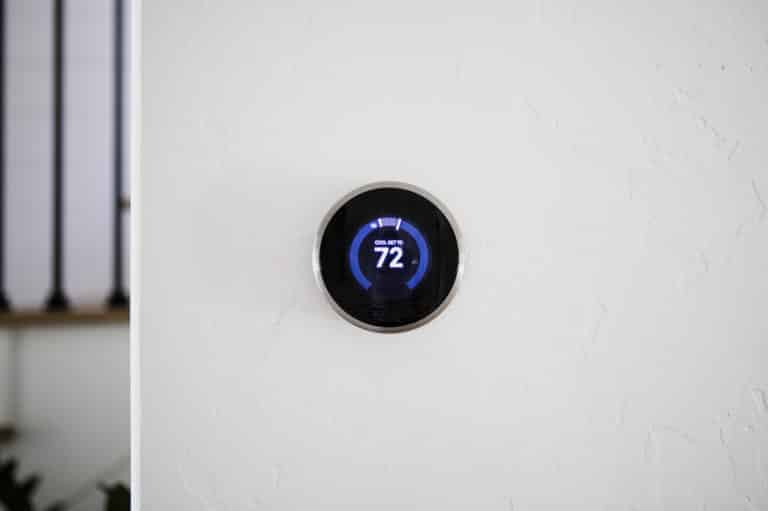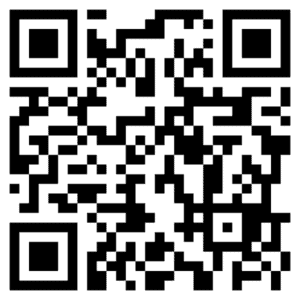Do you think your thermostat might be broken? Now is the perfect moment to learn how to test thermostat at home to help ease your mind and deal with any possible problems.
There’s no need to worry if the word “test” makes you uneasy—any homeowner can easily conduct a thermostat test. To find out how to test thermostat at home, assess whether it’s broken, and get the assistance you need to make sure your device is functioning properly, continue reading.
Signs That A Thermostat Is Broken
Here are a few indicators that your thermostat is broken:
- The furnace and AC won’t turn on. The thermostat wire may be damaged along with the device itself having a problem.
- The air conditioning system never shuts off.
- There is either no change in the temperature of your house after you make temperature adjustments or the temperature and the setting don’t match.
- The thermostat isn’t working
Know How To Test Thermostat At Home
A typical thermostat lasts for ten years or such. Your thermostat has a finite lifespan, just like every other device you purchase, but that doesn’t mean it will break down on you the moment it turns ten.
Learn how to test thermostat at home by following these steps:
Step #1: Check The Battery
Many of us ignore the screen on our thermostats, even though many modern thermostats are set to alert us when the battery is low.
All you need is new batteries and a flat-tipped screwdriver to change the batteries in your thermostat. To find out exactly what kind of batteries your thermostat needs, check the manual.
Step #2: Shut Off The Furnace Or AC Power
It’s time to inspect the thermostat itself if, even after changing the battery, it still doesn’t turn on. You have to switch off the power to the furnace or AC before turning it back on.
Step #3: Check The Breaker
You should check your breaker even if the thermostat still doesn’t turn on after doing steps 1 and 2.
The breaker could go off due to an electrical surge, lightning strike, overload, or short circuit, among other reasons. If the breaker goes off during the period of transition when you are not using the heating or cooling system, you may not even be aware that it has gone off.
Check the breaker if it is turned on. In case it has gone off, turn it back on and make sure it remains on. You should contact an electrician if the problem occurs again after you’ve reset it, as there might be a potentially serious problem.
Step #4: Check The Thermostat Wiring
To see the wiring, take off the thermostat cover with a screwdriver. Use a multimeter, if you have one on hand, to make sure the thermostat has no loss of power. Find the red and white wires needed to switch on the furnace and AC, appropriately.
To help you recall which connections the wires inside were connected to, take a photo with your phone’s camera. Ensure that all of the wires are securely attached to their respective connections.
If the furnace and AC are powered and aren’t back on, you can try again. Occasionally, loose wires are the problem.
If the wires are not tightened to the screws, try opening the thermostat cover once more, taking the wires out of the connections, and winding the wires around one another.
Adjust the multimeter to measure the resistance. Attach the multimeter’s red wire to the thermostat’s red wire and its black wire to either the thermostat’s black or white wire. A working thermostat should show values that are almost equal to zero. If not, the thermostat isn’t working properly.
Step #5: Make Sure The Thermostat Is Set To “ON”
Make sure the heating or cooling setting is selected.
It is possible to reverse the programs on some thermostats. Make sure you don’t unintentionally change the settings. The thermostat’s regular functionality will be affected if the settings are adjusted.
If it’s a smart thermostat, follow the instructions that came with it to do a system test. Look through the settings for the “Test” function. Observe the on-screen directions.
If the thermostat is a standard model, ask a friend or family member for help. Put one person by the furnace or AC and another person by the thermostat. Turn the thermostat on slowly to raise the temperature from off to on. There should be a sound from the furnace or AC and the thermostat. The non-sounding appliance is the source of the problem.
Step #6: Switch On The Furnace And AC
If the blower activates and the furnace burner fires up, either the wiring is faulty or the thermostat was connected incorrectly. It is therefore necessary to replace the thermostat as it was not transmitting an electrical signal.
Your furnace needs repairs if the burner is not burning; if not, look for a crack in the wires.
Step #7: Increase The Temperature
If you have checked that the thermostat is powered on and properly adjusted, but the heat is still not present, try turning on the furnace manually. You can get assistance from a friend or family in this. As you gradually increase the furnace’s temperature, have them stand beside the furnace. The furnace burner should make a clicking sound as it ignites. Tell them to wait if they hear the furnace turning on sound.
Conclusion
Contact your local HVAC professional technician if, after following all of the above steps on how to test thermostat at home, you are still unable to get it working properly. They might find that none of these problems are the source of your thermostat’s malfunction, or determine that your thermostat is a wiring issue that needs to be fixed by a professional.
Being cautious when using your heating and cooling devices is usually a smart idea. To make sure your HVAC system, including the thermostat, is operating safely and effectively, let a professional HVAC technician do a comprehensive inspection.
They may also help you analyze how having a smart thermostat installed can save you money as well as improve the way you use electricity.



